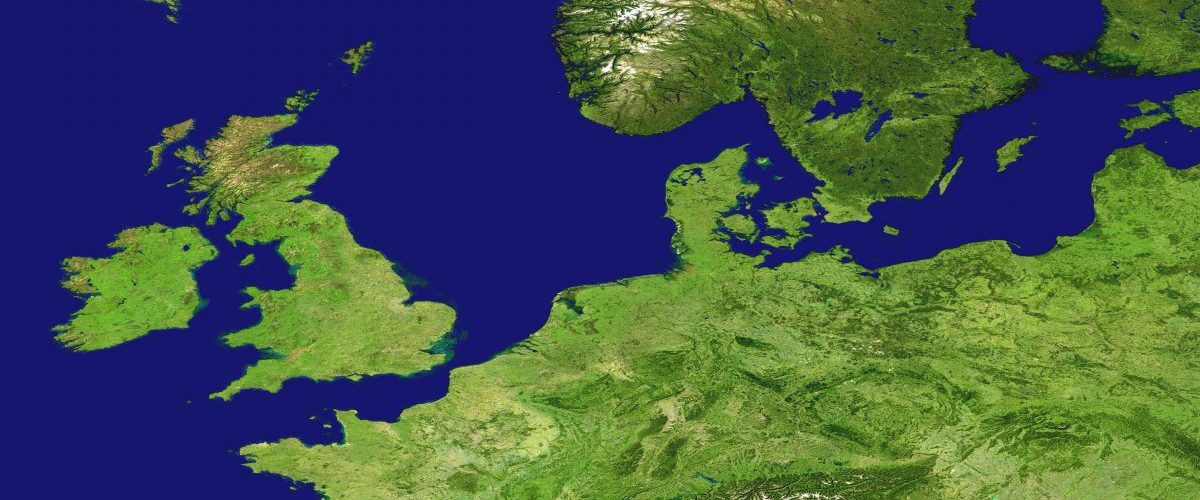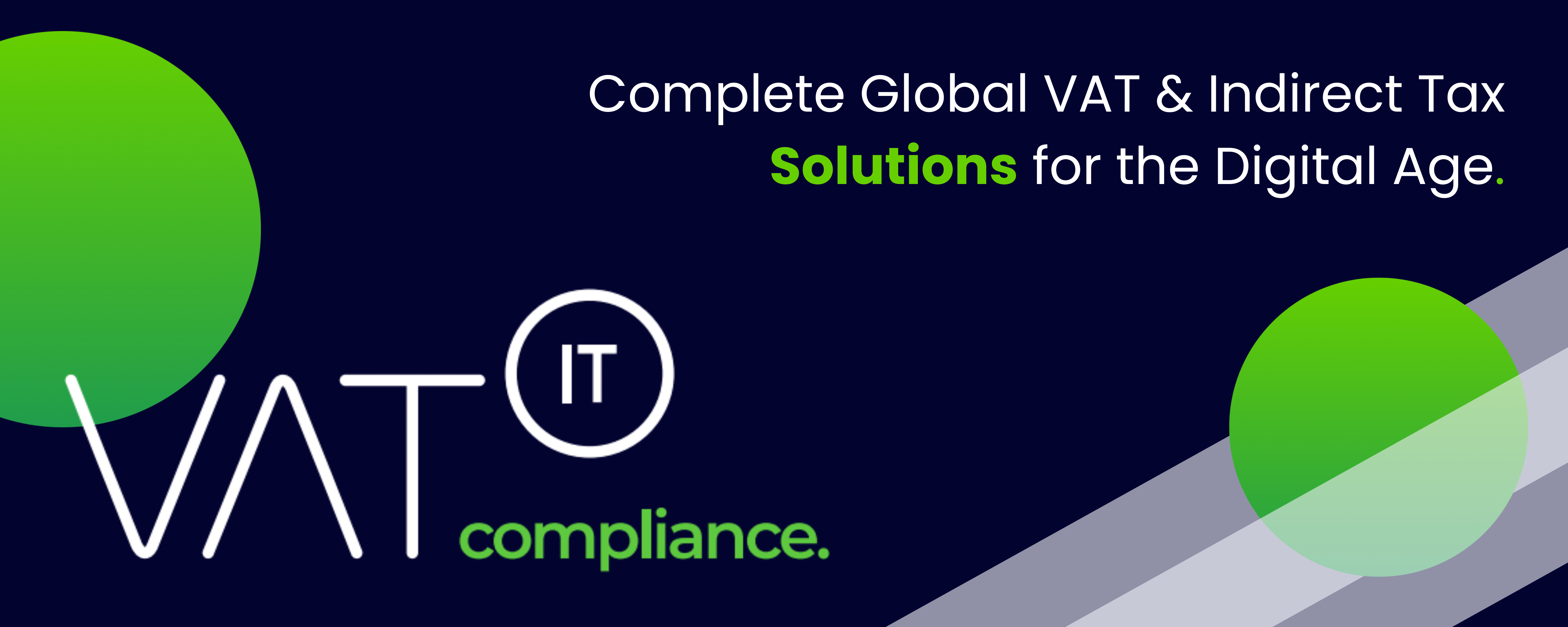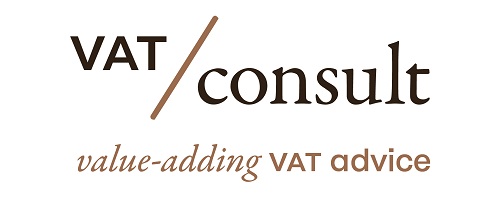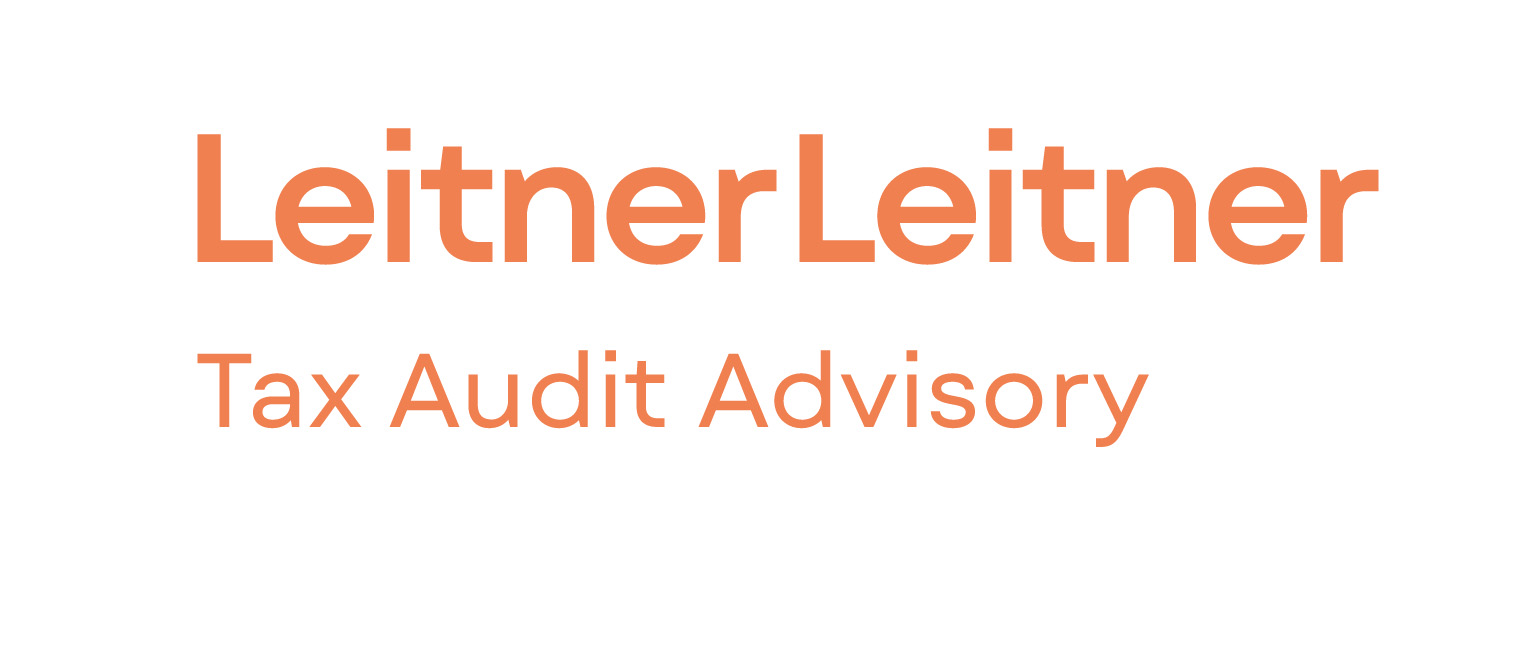VAT is a tax that is levied on consumption, so it must only ‘bear’ the tax burden that the tax carries on the final consumer. To achieve this objective, the tax could be configured in at least two ways:
- Taxing only the last phase (the retail phase).
- Taxing all phases of the economic cycle and dragging (at no cost to businessmen and professionals) the tax to the final consumer.
The community choice for the second model is clear and the motivation is set out in Recital 5 of the VAT Directive:
A VAT regime achieves a maximum of simplicity and neutrality when the tax is collected as generally as possible and its scope covers all the phases of the process of production and distribution of goods, and the provision of services .
Source Georgina de la Lastra and Leralta
Latest Posts in "European Union"
- Comments on ECJ C-101/24 (Xyrality) – Judgment on app stores as VAT commissionaires
- ECJ Confirms Deemed Reseller Rule for App Store In-App Purchases
- VAT Challenges in Toll Manufacturing: Goods vs Services Classification Issues
- VAT and Transfer Pricing – Four recent cases @ ECJ/CJEU – 3 cases decided, 1 case pending
- Briefing document & Podcast: ECJ C-580/16 (Hans Bühler) – Late submission of recapitulative statements should not disqualify a business from exemptions














